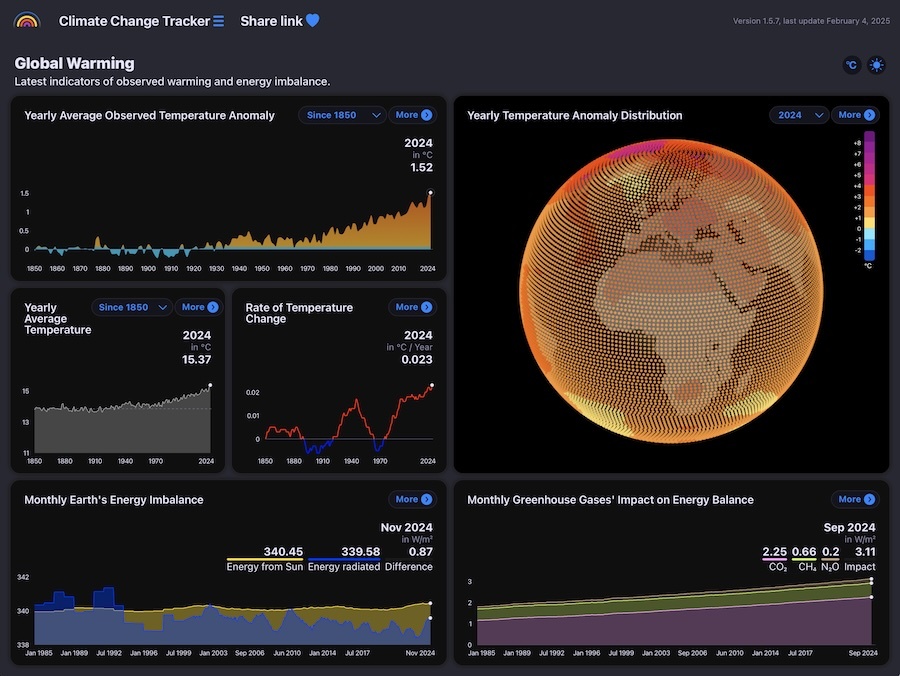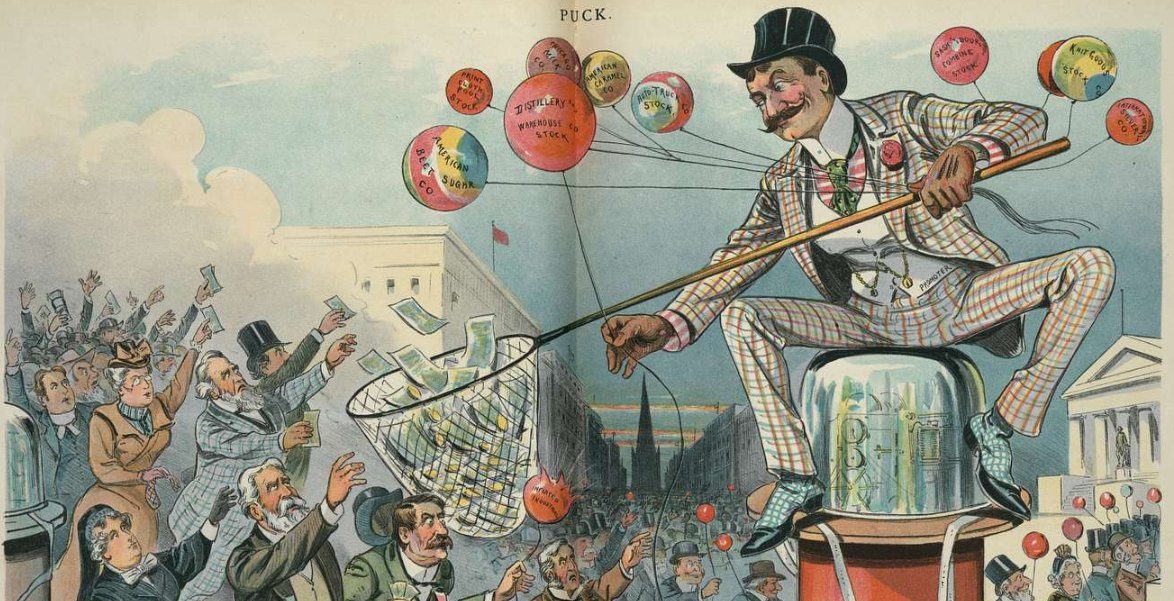- 11 Posts
- 20 Comments

 3·4 hours ago
3·4 hours agoTop comment below the article: " In a further twist to the tale, that Jojoba (and I think, palm oil) that replaced the whale oil turns out to be grown in deforested tropical rainforest. So, in saving the whales we threaten the rainforest. There really is no panacea - if we want lots of stuff the environment pays the cost one way or another. "

 1·5 hours ago
1·5 hours agoIf you have never read this “classic” from the collapse canon, I highly recommend this paper from 2012.
The BIG IDEA of this paper is that you can map countries by how central they are to the global economy (in resource, finance, political terms) and that if collapse comes, it will not be evenly distributed. And basically the globalized system can remove a lot of countries on the periphery and keep going.
Check out the discussion on page 60 and following, it was eerily prescient for describing what happened during the covid supply chain collapses. So the 2008 global financial crisis was one example of a type of “contagious” collapse of the financial system. But the paper predicted that supply/production could be very disruptive also.
Anyhow…this one passage is interesting:
“The actions taken to prevent a crisis, or preparations for dealing with the aftermath of a crisis, may help precipitate the crisis.”

 2·5 hours ago
2·5 hours agoSo what are we calling this now? “Lifeboat politics?”

 2·2 days ago
2·2 days agoOur climate simulations led to the staggering conclusion that continued growth of ice melt will cause shutdown of the North Atlantic and Southern Ocean overturning circulations as early as midcentury and “nonlinearly growing sea level rise, reaching several meters in 50-150 years.” These results contrast sharply with IPCC conclusions based on global climate models.
Scientists at NASA\GISS calculate that a reduction in albedo of just -1% produces a warming effect equal to a doubling of CO2 in the atmosphere.
Uh-oh.
This really is a pretty wild article. Its scary all the big moving pieces of the climate system that we still didn’t understand. The story about how much SO2 was dimming the atmosphere is so weird. As he says, nobody actually directly measured anything, they kind of started from the perspective of how politically unthinkable it would be if there was a lot of dimming and just bet on the idea that discounted the effect. This is all too human and not evidence based.
And now we are in very big trouble. Nature bats last.
Just as an aside… https://printablelistipecacs.z13.web.core.windows.net/maslows-hierarchy-of-needs-printable-handout.html
It is interesting to think about how, in Maslow’s hierarchy, “acceptance of the facts” is at the top of the pyramid, above fitting in socially, having social esteem, having a job etc. It makes you wonder if a lot of scientists are doing what allows them to succeed in society, rather than just to face truth.
When I was starting off in science, I remember one of the first university chemistry labs I did and we had this simple exothermic reaction and we were supposed to take temperature of some test tube over time intervals and get a curve of the cooling.
Well, in the real world you dont get an ideal smooth curve. Its actually bumpy and it goes up and down.
I faithfully did my measurements and drew my line and submitted it and got a really low mark because although my data was real it didn’t agree with the theory of steady consistent cooling.
This was an early scientists’ lesson that you are expected to fabricate the data to support the human theory and totally hide it. You have to be successful in navigating this system of lying about the data to actually get somewhere with your career.

 3·10 days ago
3·10 days ago“Increasing risks of multiple breadbasket failure under 1.5 and 2 °C global warming.”
https://sci-hub.st/https://doi.org/10.1016/j.agsy.2019.05.010
This is a paper that relates to this topic. They are looking at multiple breadbasket crop failures that happen in multiple regions and different staple crops at the exact same time.
Under 2° of warming, for example corn crops go from failures eveey 15 years to a failed crop frequency once every 2 or 3 years. Rain and temperature issues also can reduce wheat and soybean and rice crops. Eventually these uncorrelated events have a 100% chance of lining up and all landing on the same year across multiple regions.
I guess the big idea of the paper is that a warming planet won’t be this even dependable reduction in crop yields but a series of major unpredictable crop failure and food shocks.
I think that means that withi a 45% reduction (as in the main article) we should think of that as a rolling average. Some years could be very bad and others less dire. But expect major instability.

 4·11 days ago
4·11 days agoBoth problems can happen at the same time.

 3·11 days ago
3·11 days agoLinks from the article:
A panel hosted by the author https://youtu.be/wy1JNM9WtmI
There are some community currencies that allow time/hour exchanges / banking / bartering. I think an explicit idea of these systems is to allow for a local area to strengthen/harden its resources and community. For example someone can help watch children but get a home improvement in return…the ways that these exchanges work all invest in the community.
https://en.m.wikipedia.org/wiki/List_of_community_currencies_in_the_United_States
Another one that comes to mind is/was the Occupy movement. Particularly in the emergency response to hurricane Sandy, Occupy actually took on providing the services of government and was more effective than the real government agencies that were distributing aid.
https://en.m.wikipedia.org/wiki/Occupy_Sandy
Quite a few intentional communities have tried to become a test tube / model for a greater reorganization of society.
Here is a mini documentary about a large intentional community…the founder speaks about how they navigated all the administrative and legal hurdles. They also talk about how the governance works.
In general, I think that all systems transform when they are replaced. If there was an alternative option then I think the bigger system could fall away, but actually I think thats unlikely to be possible until collapse is well under way. A major feature of the current paradigm is that it’s a comprehensive global system – the bigness and all encompassing capitalism would be hard to come up with an alternative for…and basically if there is a new system where you can’t get a widget from a foreign land where you don’t know anybody and dont have that currency and dont speak the language, that system makes our lives harder. Our current system does that with zero effort now.

 1·12 days ago
1·12 days agoDo all scenarios show a completely melted north and south pole by year 3000?

 2·19 days ago
2·19 days agohttps://www.nature.com/articles/s41467-018-05668-6
This paper zooms in on the Amazon forest (used to be the hugest CO2 sequestration area). Every drought year signals the start of a multiple year long stretch where there is a loss of Carbon uptake in the forest. The trees are damaged, weakened and dying from each round of drought.
These droughts are happening on a 5-6 year cycle, and the damage to Carbon absorption lasts from 3-5 years each time.
If I’m doing the math correctly, the annual contribution to global CO2 from the forest was around 1/8 of a year’s human fossil fuel contributions…

 3·19 days ago
3·19 days agoThey specifically think they ruled out factors like technology, covid and support for the teachers, because different countries isolated for those variables.
It’s clear that US leadership, no matter what it says publicly, is getting ready for a Climate Apocalypse and a “New World Order”. The SPEED at which they are moving indicates they expect things to start getting BAD very soon now.
I think a lot of the narratives that have spun up about what is going on (with the changes in the world order) smack of a kind of “taken-for-granted” reality / logic. There is an overall reaction that the way things were normal in the past is the way they are always supposed to be, and any and all change is now wrong just because it defies to maintain previous expectations.
https://en.m.wikipedia.org/wiki/Social_constructionism
“The real environment is altogether too big, too complex, and too fleeting for direct acquaintance” between people and their environment. Each person constructs a pseudo-environment that is a subjective, biased, and necessarily abridged mental image of the world, and to a degree, everyone’s pseudo-environment is a fiction.
To me, collapse is THE most cogent explainer for what is going on now. There is an overall pattern of changes where the system seems to be seeking lower complexity and lower costs (money/energy). The facade that we will fix climate change or other global issues in the future…that is going away now.
At the same time, most people seem totally blindsided as they try to grapple with that glimpse into deeper reality…and they are seeing what is going on with a worldview where literal collapse seems to be something they can’t (or won’t) see. Its like a grieving process where people are in stages of denial and bargaining.
So, as an example, instead of being scared about climate, people are fretting about the stock market taking away some of their money. You can see how deeply they are clinging on to this bubble that is popping. That future never was. But what people badly want is to go back to sleep.

 2·20 days ago
2·20 days agoThis blog post comes at the role of aerosols and raises the issue of whether sulphur ship emissions works out to be a good Faustian bargain.
https://benbyfax.substack.com/p/how-to-boil-the-mediterranean-sea
In hindsight, sulphur ship emissions were running a climate geoengineering program that had a huge effect we didn’t fully realize.
The cooling effect from sulfur is much greater than the warming effect from CO2.
It is good for the climate that we have a emitted a lot of sulfur into the atmosphere, because it is masking a lot of warming. Without sulfur, we’d already be near 2°C.
Even though it’s already accelerating, it’s going to go even faster: The author points out that starting in May, much more emissions will start to be cut over the Mediterranean, which is 1/3 of all ship traffic on the planet.
I remember that when the 2008 Global Financial Crisis happened, there was this undercurrent (from the heterodox analysts) that what precipitated the inability to kick the can on debt repayments was an uptick on the cost of energy / oil.
So here was the simplified model of the idea: before 2008 Joe Plumber drove out of town and kept going until he could afford the home prices. He works remotely and he commutes 45 miles back into town to work where the clients live.
Joe could afford to live X miles from his customer as long as the transport costs are stable. Now, as the price of oil creeps up, it outpaces the amount he can charge customers squeezing his profits. When he can’t afford to fill his gas tank from the profit on his jobs, there are more and more further out jobs he just doesn’t accept to do. This basically crushes a LOT of marginal businesses at the same time it demolishes the stability of the home values farther from urban areas.
So basically, Joe plumber can’t pay his mortgage and living in the boonies sucks, and because the commute is so expensive for anyone else also, nobody else wants this house and he can’t sell it easily and not lose money. In the background a bunch of wall-street types have leveraged the whole financial / lending system…and hence the 2008 crisis.
the 2008 financial crisis wasn’t really a bubble after all. In fact, they suggest, house prices were rising rationally because too few houses were being built in places people most wanted to move to, not because of irrational speculation
The whole airbnb / zoom-boom / zoom-town thing is like an even larger out-migration than the lead-up to 2008 GFC. People weren’t driving further in the close enivrons around high cost of living cities, they were moving even more distances to low cost of living areas (sun belt + continental interior) that had been losing residents and had cheap land and houses. They don’t really live a daily commuting distance from their jobs.
https://www.cbre.com/insights/briefs/motm-the-zoom-housing-boom-is-coming-to-an-end-in-the-us
So…this shuffle was fueled by affluent young people who can work remotely and it was accelerated by covid. There is some evidence that people / economies who are tied to goods production + distribution / manufacturing / physical tangible goods could not flow towards cheaper areas. Most of the moves went out to 100-500 miles away from the original town not clear across the entire country.
Anyhow, I don’t know what I’m saying, but I somewhat wonder if the Return-to-Office mandates will end up being the exact same rug-pull that happened to Joe Plumber in 2008. It’ll trigger a crash. Now all these tech workers who bid up real estate need to flock back to their coastal cities and the current drive is WAY too far and the house they bought is dropping in value…and…and…

 4·21 days ago
4·21 days agoThis is an informative graph, which charts the rate that the planet is heating. If the line is higher, it is increasing faster (acceleration).

 4·22 days ago
4·22 days agoInteresting quote for our times:
the additional buying power made available by added debt tends to lead to inflation rather than more finished goods and services. This inflationary tendency is the problem the US has been contending with recently.
Seems like you can’t print your way out of resource and energy limits.
Under the line graph, there is a small button labelled “show T2 anomaly map”.
If you click that (terrifying) it visualizes how hot the polar regions are getting. Today is about 10-15° above trend.






One of the ways that people now interpret WW2 was that armored tanks , ships and planes became critical in combat, and every actor in the conflict was going out and trying to secure oil supply lines. Places like Europe, Africa, the middle east and the pacific were all involved due to reliance on fossil fuel resources… Whoever could capture the resources or secure the flow of the supply lines had huge advantages. You could bring down the enemy by indirectly starving them of oil just as quickly as attacking them head on. The allied forces directly targeted the axis oil infrastructure like refineries as their highest priority targets.
https://oilprice.com/Energy/Crude-Oil/How-Oil-Defeated-The-Nazis.html